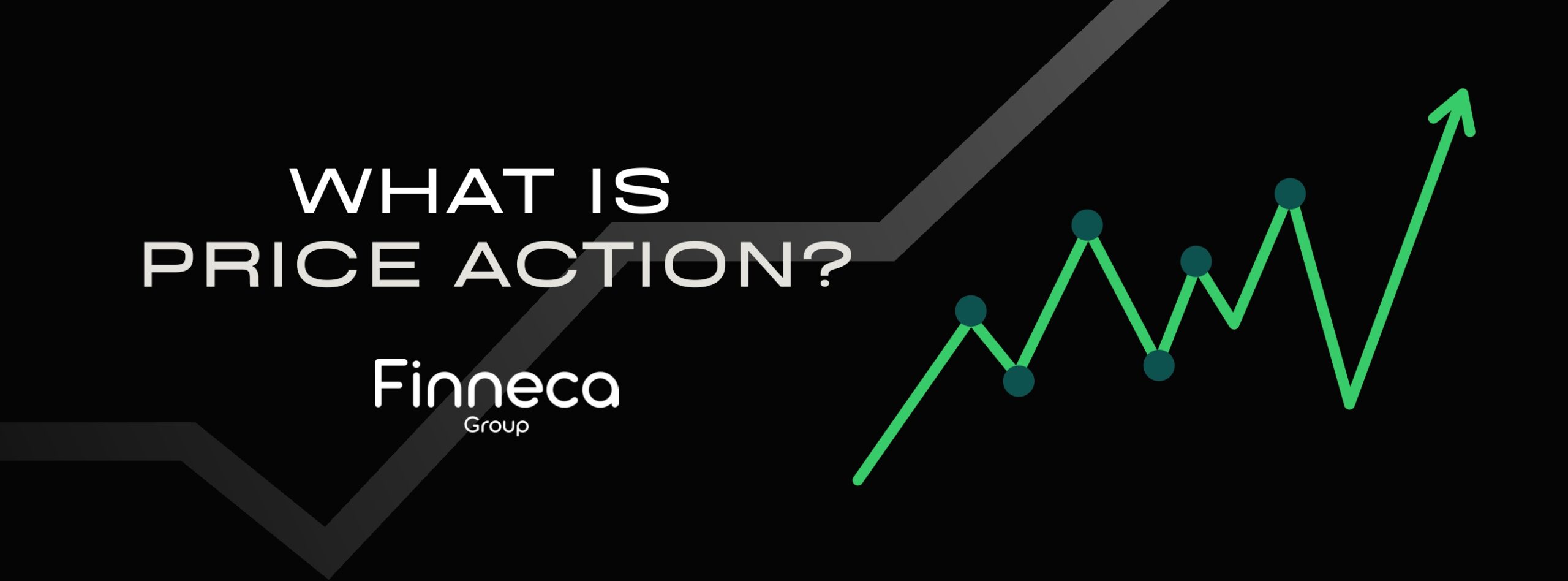📊 What is Price Action?
A Beginner’s Guide to Reading the Market Without Indicators
When you look at a price chart 📉📈 — with candles moving up and down — you’re watching something powerful in action:
👉 Price Action — the art of reading market behavior directly from price movements.
No indicators. No distractions. Just pure price, telling the story of buyers and sellers battling it out on the chart.
🔍 Price Action: The Market's Language
At its core, Price Action is how a price behaves over time. It reflects:
- Who’s in control — buyers 🟢 or sellers 🔴
- Where the price might bounce or break
- Where momentum is building up or fading away
Everything you need is right on the chart.
📖 Price Action is a Story
Each candlestick 🕯️ on the chart is like a sentence. A group of candles? That’s a paragraph. A whole pattern? That’s a chapter in the story of supply and demand.
- Big bullish candles = Strong buying pressure 💪
- Long upper wicks = Rejection from higher prices ❌
- Sideways movement = Consolidation and indecision 😐
- Breakouts = A new direction is starting 🚀
🧠 Price Action vs. Indicators
While indicators like RSI, MACD, or Moving Averages can help, they’re lagging. They show what has happened.
🔁 Price Action is real-time. It gives you the clearest insight into the market as it unfolds.
“Everything is already in the price.”🔧 Price Action Tools and Concepts You Should Know
📍 1. Support and Resistance Zones
Support = a price level where buyers tend to step in (a floor) 🧱
Resistance = a price level where sellers push back (a ceiling) 🧢
These are great zones for entries, exits, and stop-loss placement.
🕯️ 2. Candlestick Patterns
- Hammer / Pin Bar 🔨 – Signals rejection and possible reversal
- Bullish/Bearish Engulfing 🔁 – Momentum shift
- Doji ⚖️ – Indecision, pause in trend
- Inside Bar 🧩 – Consolidation and breakout setup
🧱 3. Chart Patterns
- Double Top / Bottom – Trend reversal 🔄
- Triangles (Ascending/Descending/Symmetrical) – Breakout potential 🔺
- Head and Shoulders / Inverse – Reliable reversal patterns 🧠
⏳ 4. Trend Structure
Recognize:
- Higher highs & higher lows in an uptrend
- Lower highs & lower lows in a downtrend
Helps identify when a trend is strong, weakening, or reversing 🔃
🎯 How to Trade with Price Action
- 📈 Identify the overall trend (up, down, sideways)
- 📌 Mark key support/resistance levels
- 👀 Wait for candlestick patterns or breakouts at these zones
- 🎯 Enter the trade with confirmation, not emotion
- 🛡️ Use proper risk management (position sizing, stop loss)
💡 Pro Tip: Look for confluence — when multiple signals align, the setup becomes stronger!
🤔 Why Learn Price Action?
Because it works — across all timeframes, all assets, and all markets.
- 📉 Intraday stocks
- 🌍 Forex pairs
- 💹 Cryptocurrencies
- 🛢️ Commodities
Price Action adapts to them all.
🔄 Real-Life Example
Let’s say a stock is falling, but suddenly forms a hammer candle at a strong support zone — with rising volume 📊.
That tells you:
➡️ “Buyers are stepping in. Sellers are getting weak.”
A trader might see this as a buy signal with a stop loss below the wick.
🚀 Final Thoughts: Master the Market by Watching the Price
Price Action is your foundation.
It’s like learning to drive a car before adding turbo boosts. Once you get it:
- ⚡ You'll react faster to market changes
- 🧨 You'll avoid false signals
- 🧘♂️ You'll trade with clarity, not confusion
Start simple. Remove the clutter. And just watch how price moves.
📊 Price is the ultimate indicator.